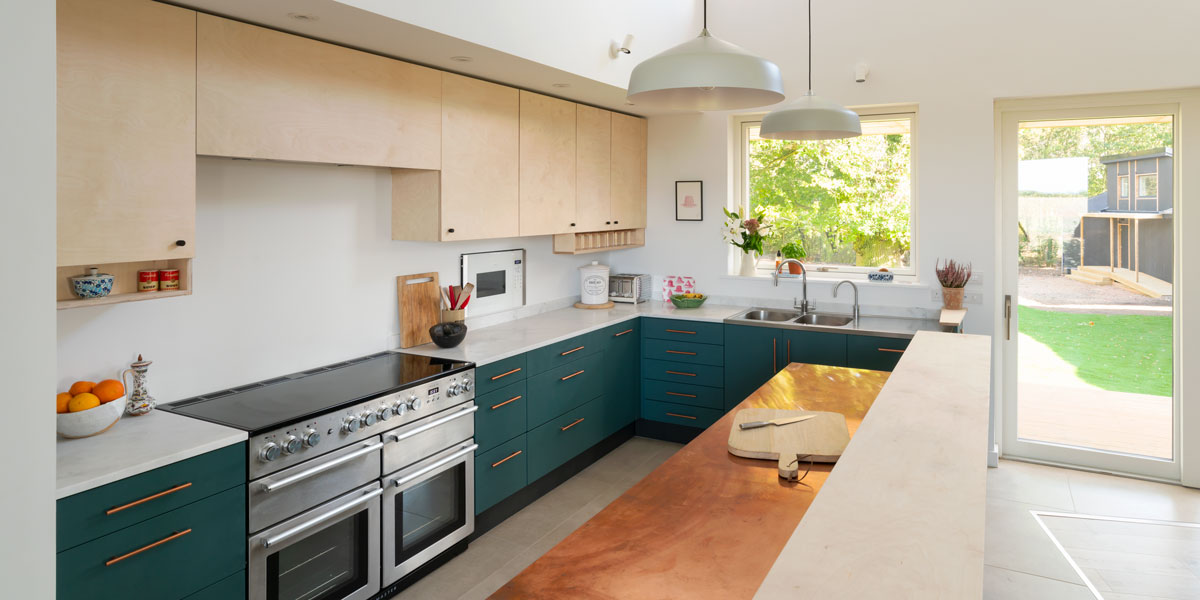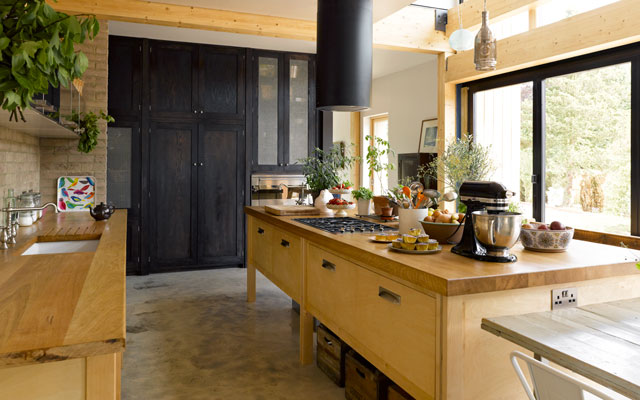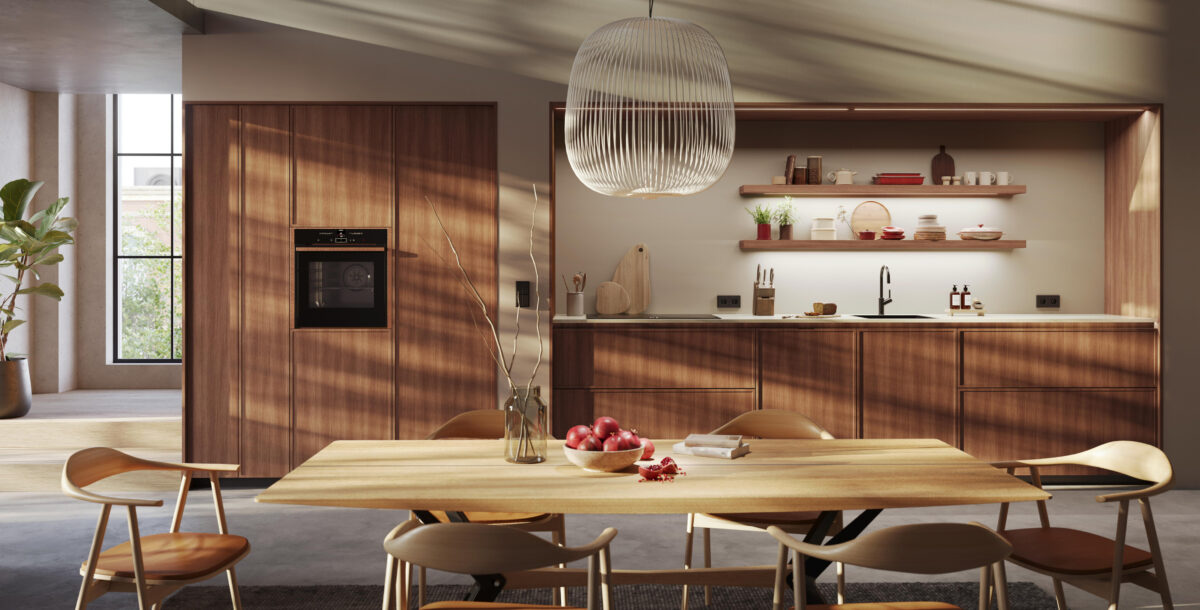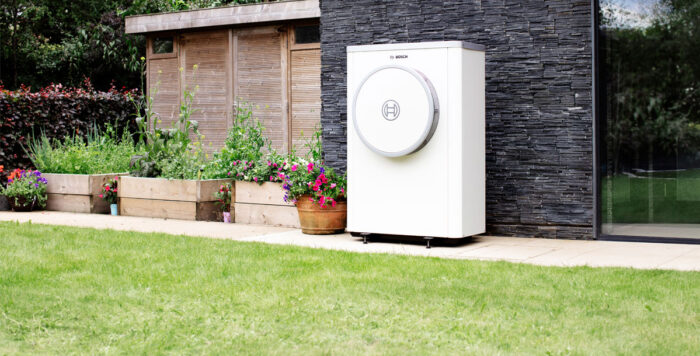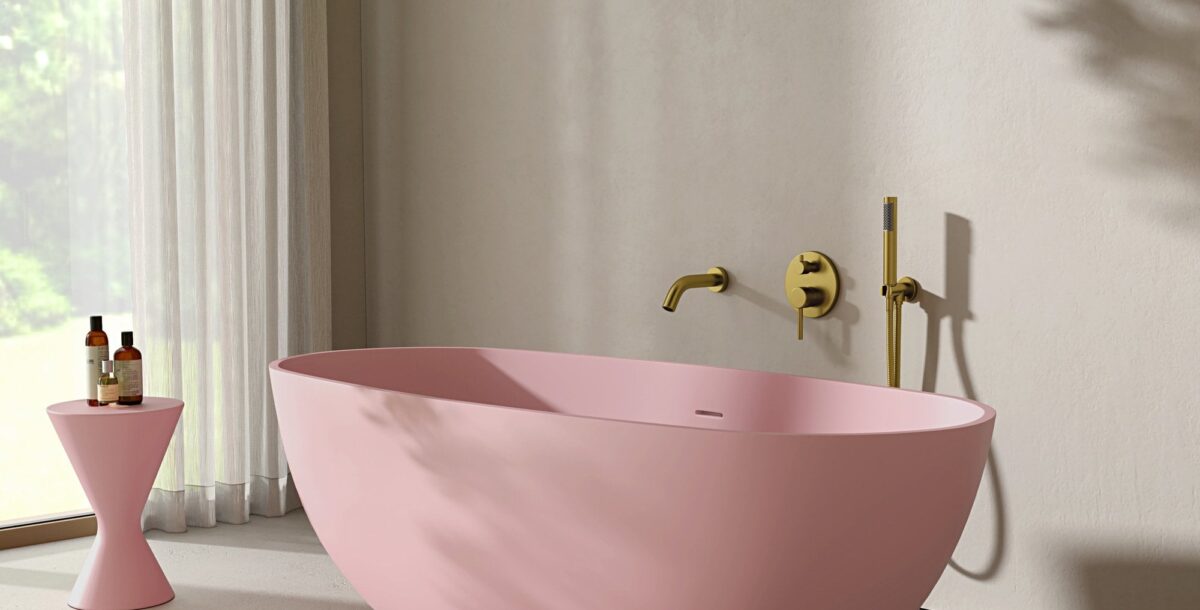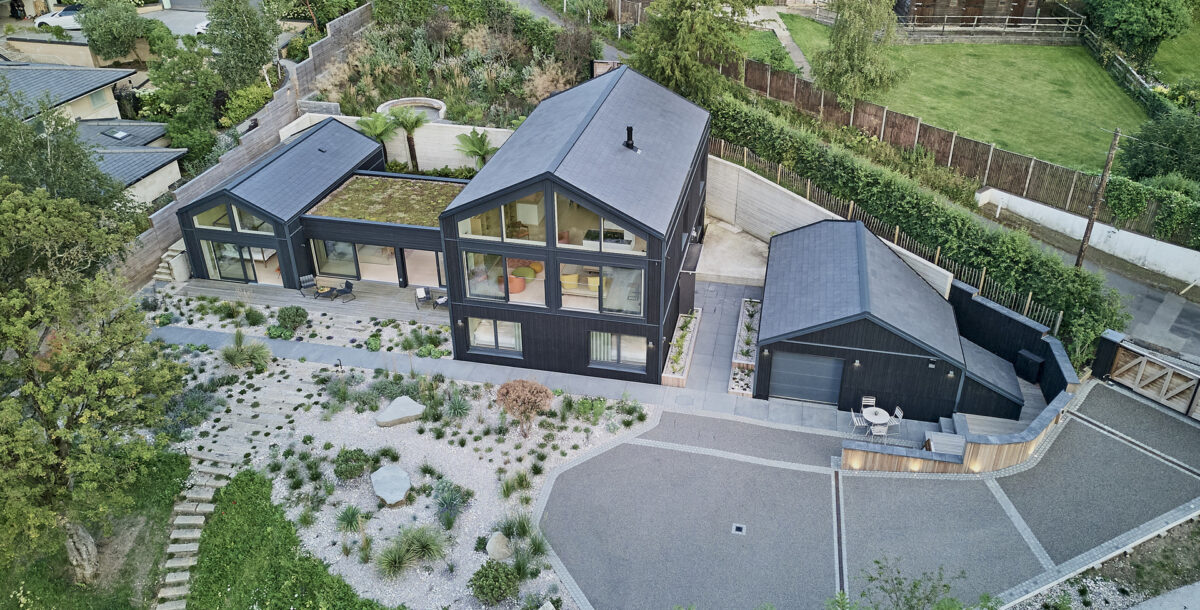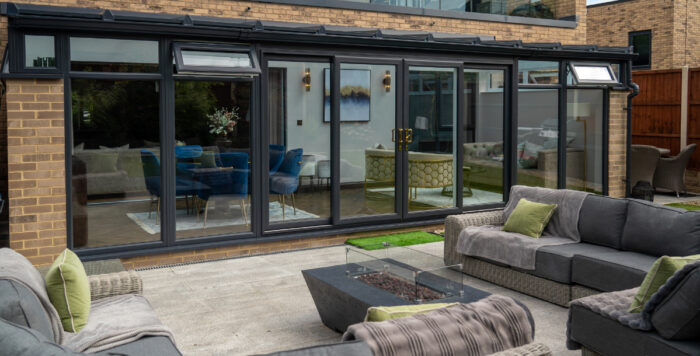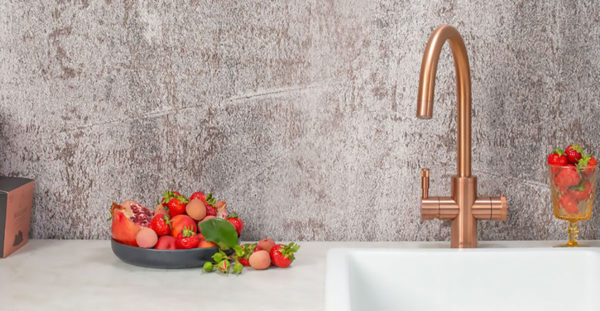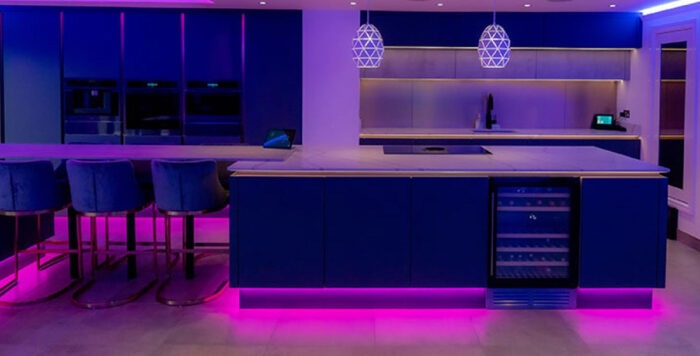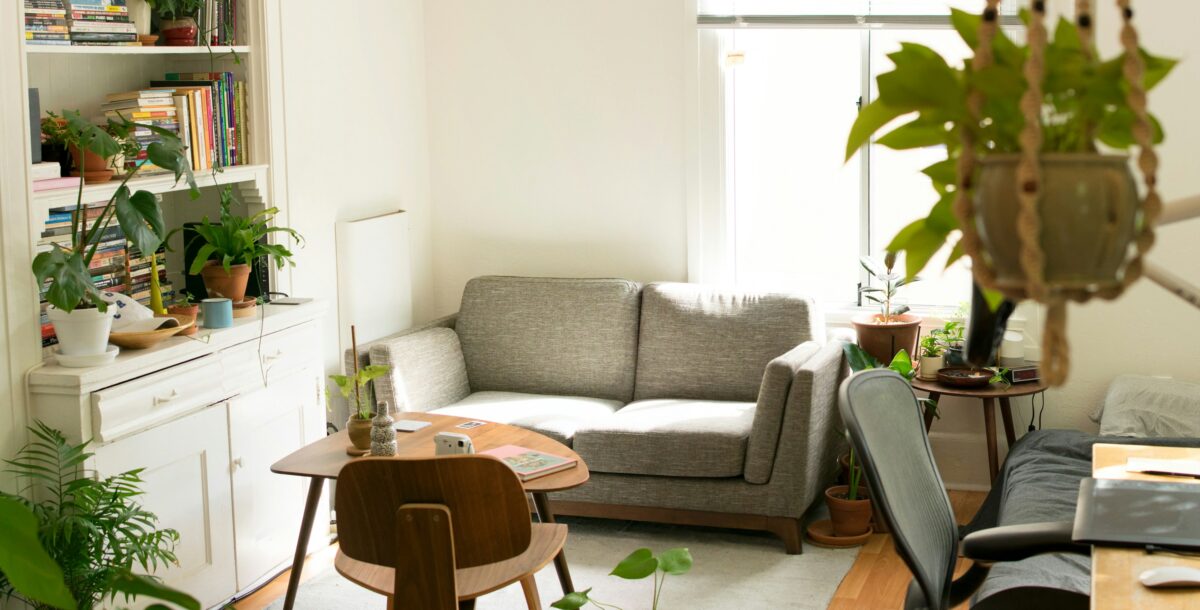Kitchen work surfaces: best installation advice
Ensure your surfaces are properly fitted and maintained with this expert advice.
Choosing your kitchen work surfaces is a major part of designing a new scheme. They make up a good proportion of your overall budget. So, it’s essential to ensure the surfaces are properly fitted and maintained. Zoe Marshall-McKay, head designer of Elgar Kitchens offers her installation and aftercare tips.
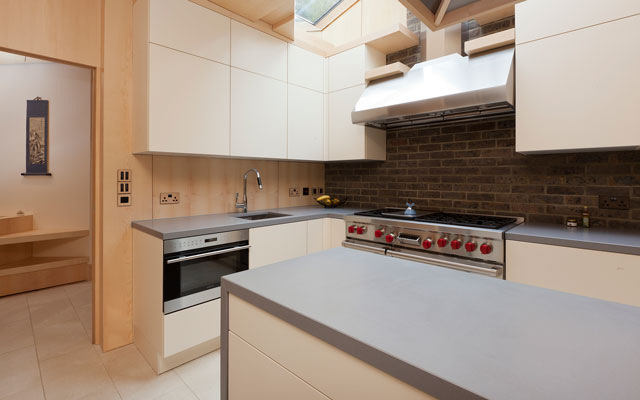
Matt finish solid surface that wraps around an island. Photo: Fiona Walker-Arnott
A perfect alignment
Kitchen work surfaces installation happens once the base units are level and securely in place. Days or weeks prior to this, a template is taken which allows the surfaces to be cut precisely to size. So, having the base units level and secure is key. This prevents movement in the cabinets once a heavy surface is in place. It also reduces stress on materials such as granite or quartz, and prevents bowing in timber or solid surfaces.

